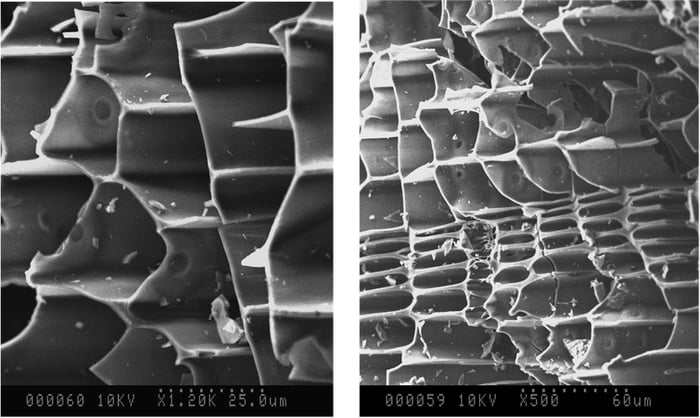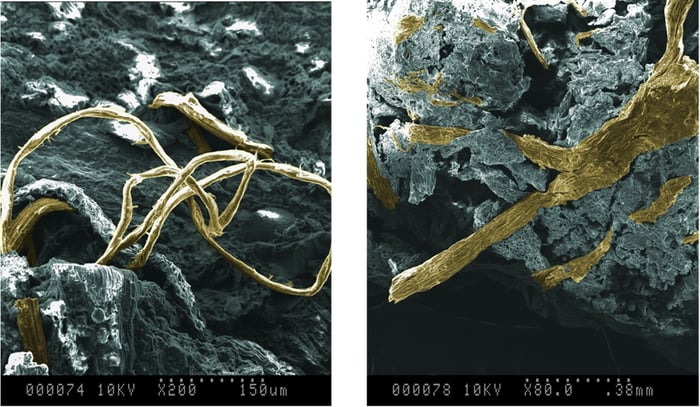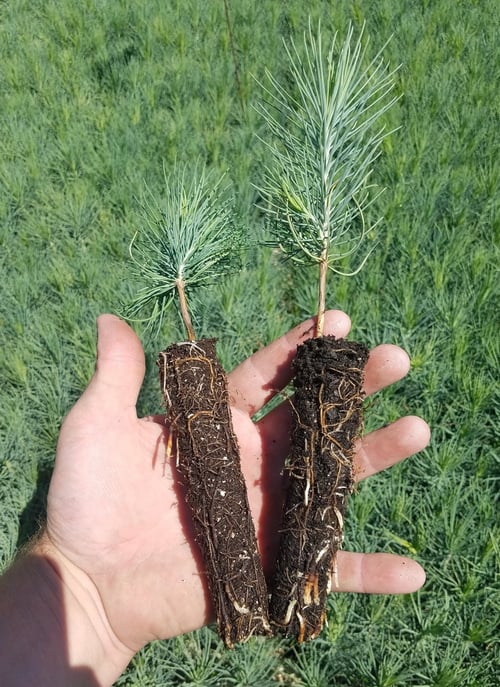Technology
BioVermiculite™ Outperforms Vermiculite with Superior Physical & Nutrient Properties
Does not contain Vermiculite
Bio-Vermiculite has a higher free air space facilitating the transport of air and water into the soil, it holds more water, and supplies larger quantities of potassium and calcium nutrients. The calcium to magnesium ratio of the Bio-Vermiculite is 2.0 ideal for growth, compared with the low ratio of 0.7 impairing plant health in Vermiculite.
Laboratory Analysis: Vermiculite vs Bio-Vermiculite
| Vermiculite |
Bio-Vermiculite |
|
| Particle size (medium grade) | 2-4 mm | 2-4 mm |
| Bulk Density #/cubic yard | 295 | 286 |
| Free air space, v% | 16 | 28 |
| Water Holding Capacity, wt% of dry | 3.5 X | 5.9 X |
| pH | 8.4 | 9.3 |
| Available Nutrients (Ammonium Bicarbonate / DTPA) | ||
| Potassium, ppm | 456 | 5089 |
| Calcium, ppm | 290 | 2999 |
| Magnesium, ppm | 2945 | 431 |
| Calcium/Magnesium (meq) | 0.7 | 2.0 |
Benefits
The superior benefits of Bio-Vermiculite compared to conventional Vermiculite
The internal porosity of Bio-Vermiculite enables the superior physical properties of the material. This scanning electron micrograph shows the intricate pore structure of the material (under magnification) responsible for its exceptional air porosity and water holding capacity. This porosity originates from the pine wood from which it was created.
Scanning Electron Micrograph of Bio-Vermiculite

The nutrients dispersed throughout the carbon matrix of Bio-Vermiculite attract the microroots of new plants. This micrograph shows how the roots penetrate into the carbon matrix seeking nutrients and water.
Scanning Electron Micrograph of Micro Root Growth into Bio-Vermiculite

The advantaged physical and nutrient properties of Bio-Vermiculite promote superior shoot and root biomass establishment
Vermiculite
Bio-Vermiculite

Download the Product Sheet
Learn more about why Bio-Vermiculite is the best choice for you.
